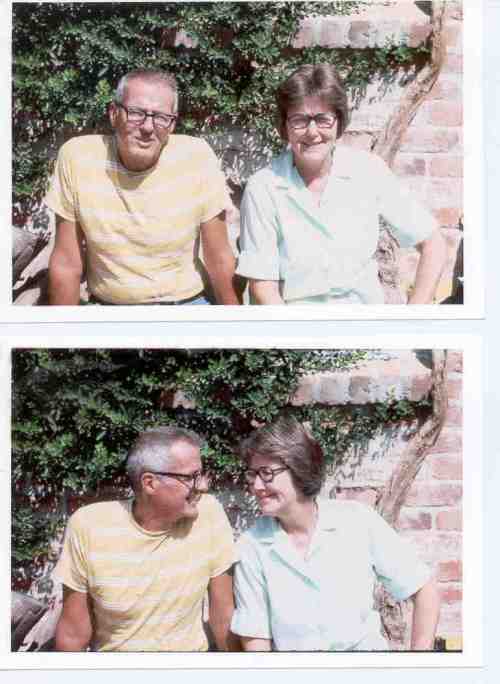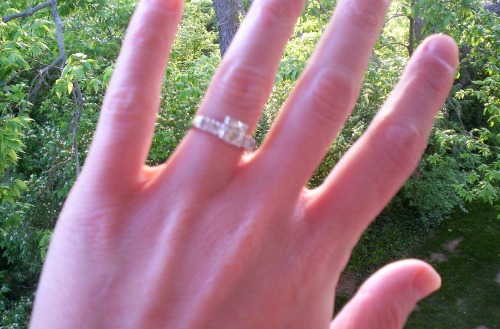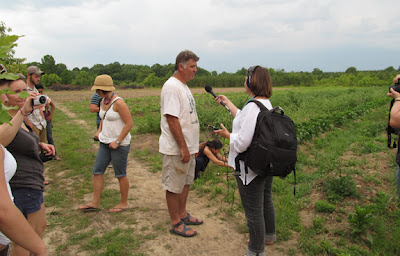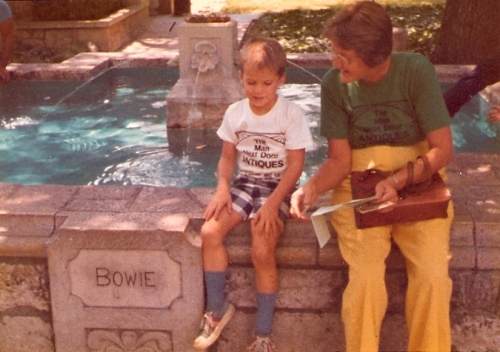When I graduated from High School in Sacramento, I was lucky enough to get a job at a local restaurant called Eat Your Vegetables (EYV). It was a start-up venture from three local businessmen. It was my first taste of branding and marketing. It was also my first exposure to building community through your business.
For EYV, the idea was to have a healthy food-conscious restaurant that served the community. They baked all their breads and muffins on site, made the batter by hand, dressings, soups all made fresh and by hand. Food was bought locally or made on site. For a kid who didn’t eat salad it was quite eye opening. They challenged me to eat better, to eat fresh. The day old muffins and bread were donated to Soup Kitchens around the city. They recycled, reused, and became a leading light of healthy living in the community.
Good restaurants are a mirror of their community; reflecting, drawing in the local citizenry and providing a common table for the community.
Many restaurants now try to follow in this mold of being good global citizen, of using local products that compliment their surroundings. One of the most acclaimed new restaurants is called Husk in South Carolina.
Its menu depends on what local ingredients are fresh. Its chef, Sean Brock, understands the imporantance of place, especially in a restaurant setting. Brock says, “if it doesn’t come from the South, it’s not coming through the door.”
More and more, chefs are realizing that their power is in capturing the locale of a place. Defining their restaurants and decor by the area around them. Great restaurants do that. One of my favorite is in Newport. It’s called Pompillio’s.

They’ve been doing it since 1933. The restaurant is as you can imagine, Italian. The food is homemade. The “gravy” is excellent! But even so they realize that just having the first liquor license in the state of Kentucky doesn’t make you a great restaurant.

Out back, you can find bocce ball tournaments to go with your tortellini. They have created a place that serves the community. In 1933 it was an Italian neighborhood, now even through gentrification, its home asthetic, and community appeal never ceases and is still a go-to place for families in the tri-state area.
Understanding place and connecting with the community is important for any restaurant. Even now there is a restaurant opening in Arkansas under the guidance of the Oxford American Magazine.

















